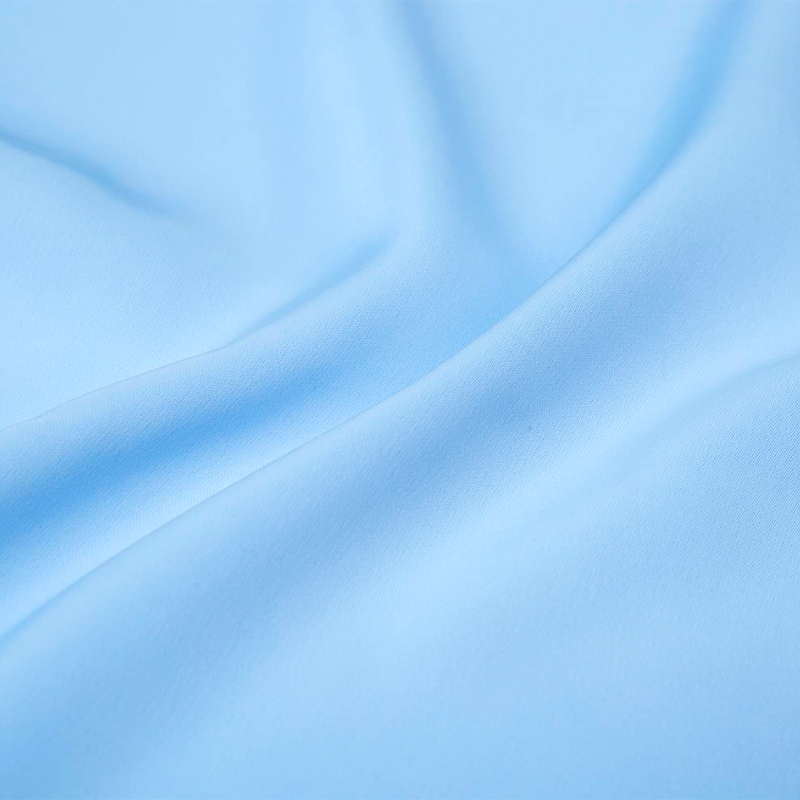The sheen level of satin fabric can vary due to several factors that influence its reflective qualities and overall appearance:
Material Composition:The base material of the fabric plays a significant role in its sheen. Silk satin typically has a natural, subtle luster, while synthetic satins like polyester can have a more pronounced shine.
Weave Technique:Satin fabric is usually woven with a four-over, one-under (4/1) satin weave, which creates a smooth surface with the majority of the fibers floating above the weft, contributing to its sheen.
Finishing Processes:The finishing processes applied to the fabric after weaving can affect its sheen. These may include calendering, which uses rollers to compress and smooth the fabric, or glazing, which uses heat to create a shiny finish.
Dyeing and Printing:The application of dyes or pigments can influence the sheen. Some dyes may enhance the reflective quality of the fabric, while others might provide a more matte appearance.

Fabric Weight:Heavier satins, often indicated by a higher GSM (grams per square meter), can have a richer, deeper sheen compared to lighter-weight satins.
Fiber Denier:The denier of the fibers used in the fabric can affect the sheen. Finer denier fibers can create a smoother surface and more pronounced sheen.
Surface Treatments:Additional surface treatments, such as coatings or special finishes, can be applied to alter the sheen level. For example, some satins may be treated to reduce glare for stage wear.
Fabric Width:The width of the fabric can affect how the sheen appears across the material. A wider fabric may show more variation in sheen due to the weaving process.
Quality of Yarn:High-quality yarns with a uniform texture and color will produce a more consistent sheen across the fabric.
Lighting Conditions:The sheen of satin fabric can appear differently under various lighting conditions. It may look more vibrant and reflective in bright light and more subdued in dim light.
Fabric Age and Wear:Over time and with use, the sheen of satin fabric can diminish due to friction, washing, and wear.
Type of Satin:There are different types of satin, such as crepe-back satin or double-sided satin, which can have variations in sheen due to their unique constructions.
The sheen level of satin fabric is one of its most distinctive features and can greatly influence its suitability for specific applications, such as evening wear, bridal gowns, or luxury bedding.











